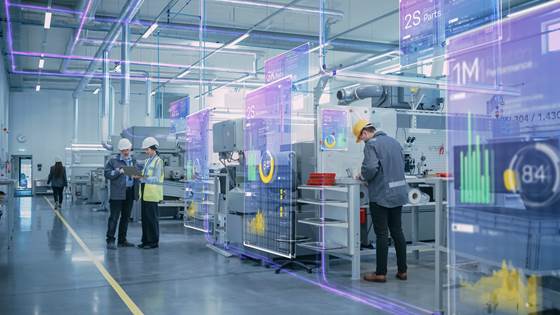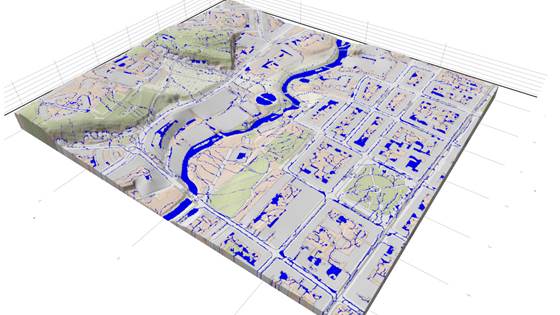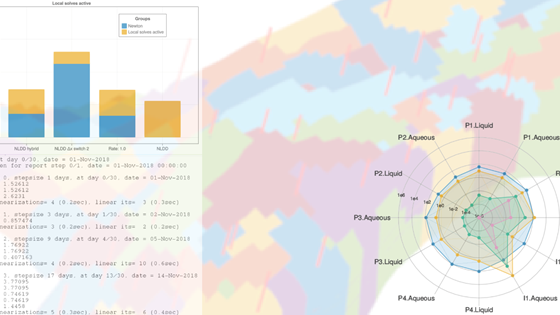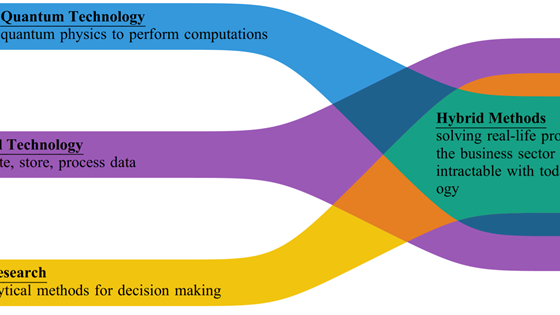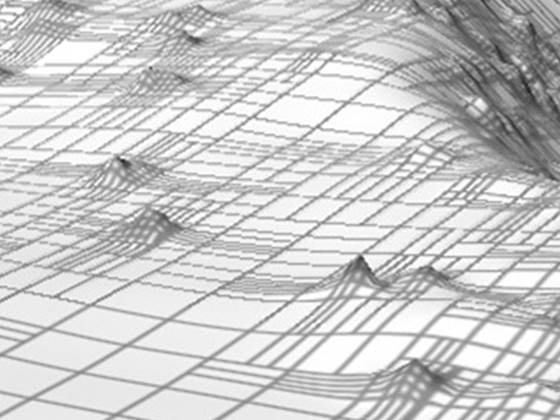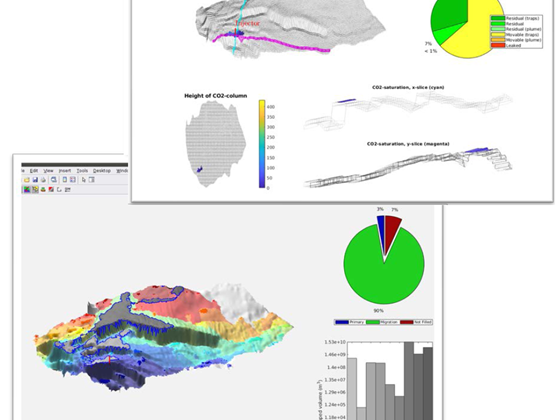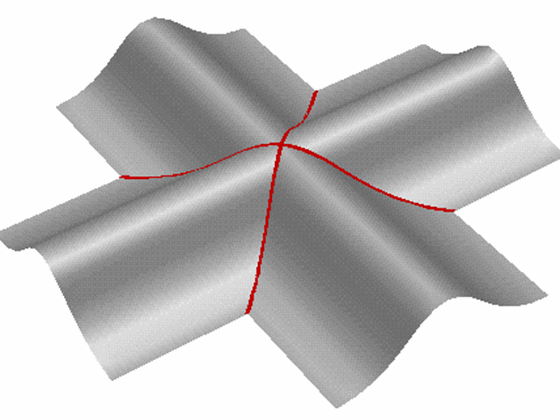This powerful combination has led to new areas of research, the development of novel mathematical tools and techniques, and breakthroughs in applied sciences. Computers have played a critical role in this transformation, enabling mathematicians to process and analyze vast amounts of data and simulate complex systems, paving the way for new discoveries and insights.
SINTEF Digital has over a hundred experts in mathematics, computer science, and their applications. Our work involves both academic research to develop new methodologies and applied research focused on delivering efficient and user-friendly software to support decision-making for our clients. We prioritize enabling digital technologies, and our researchers are skilled at ensuring that computer programs provide accurate solutions while minimizing the use of computer resources. This approach sets us apart from others and allows us to provide our clients with the most advanced and effective solutions for their needs.
Describing the physical world and man-made systems
Mathematics is a universal language that allows us to quantify and understand the physical world. Through computer simulations based on physics-based and/or data-driven mathematical models, engineers across all disciplines can predict the behavior of physical systems before they are built, optimizing designs, and saving valuable resources. The applications are diverse and far-reaching: civil engineers use mathematics to design structures like bridges and buildings that can withstand the forces of nature, while environmental engineers model complex natural systems such as water and air flows. In material science, mathematics is used to predict the behavior of materials under different conditions, from stress to temperature. Simulation is also a key tool for assembling and interpreting data from measuring devices, enabling engineers to design feedback control systems that maintain stable and precise operation.
Optimizing processes and designs
Optimization is a critical process in engineering design, which involves finding the optimal solution to a problem while considering certain constraints. It is used to create designs that meet the given requirements while minimizing cost or maximizing efficiency. In addition to engineering, optimization has numerous applications in logistics and transport and any application that require scheduling, sequencing, or timetabling. In our daily lives, many of us have come to depend on digital travel planners that help us find the shortest or least expensive path between two locations on foot or bike, by public transportation, or by car.
Controlling processes and machines
Control theory is the study of how to control the behavior of dynamic systems in industrial processes and machines. It is an area where mathematics and mathematical models are applied to design feedback algorithms that enable systems to maintain stable and precise operation based on measurements of the process. Control theory has an array of applications, from developing and controlling robotic systems and drones to optimal control of chemical processes.
Making sense out of data
Statistical analysis is another branch of mathematics that is widely used in data-driven decision-making. It involves analyzing and interpreting data, identifying patterns, predicting outcomes, quantifying uncertainties, and making informed decisions. Statistical models are used in simulations, optimization, and prediction of physical systems. By applying statistical techniques, we can uncover insights from data that would otherwise be difficult to detect, and make more informed decisions based on uncertain data.
Statistical principles are often used within artificial intelligence (AI) for learning, prediction, and optimization, playing a central role in the development and improvement of AI systems. However, unlike machine learning methods, which primarily aim at developing data systems that can learn and improve their performance based on experience, statistics traditionally focuses on understanding data and drawing conclusions.








